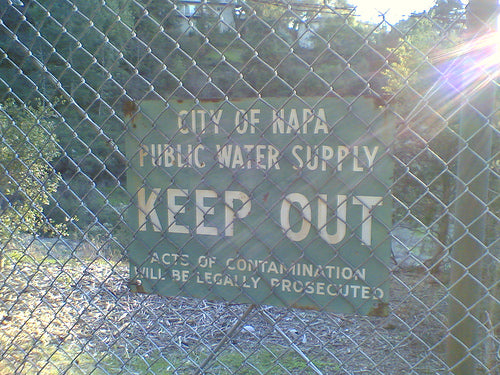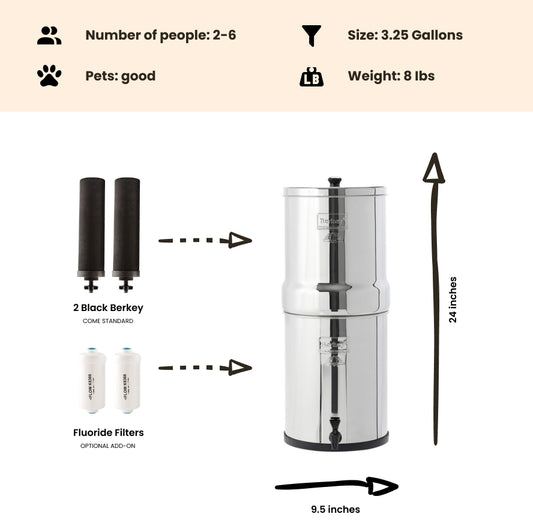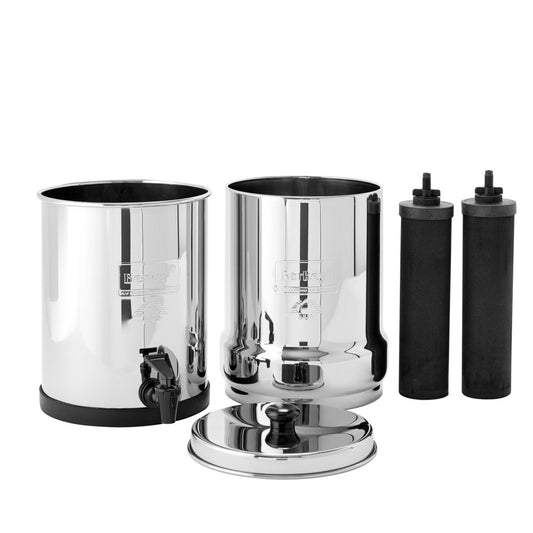
Protecting Drinking Water Systems from a Terrorist Attack
By Dan DeBaunShare
A water security project being conducted by a team of international researchers has developed a rapid response strategy for restoring drinking water systems following deliberate contamination as a result of a terrorist attack. Water is not only essential for our physical health and well being, but it also plays a vital role in our economy. Consequently, water sources in general, and drinking water systems in particular, are extremely vulnerable targets for a terrorism strike using chemical, biological or radionuclide contaminants. One of the major challenges in terms of water security, is to reduce this level of vulnerability, which in turn, will reduce the impact in the event of a terrorist attack on drinking water systems.
SecurEau, a water security project involving twelve partners from six different countries, has developed a set of tools that can be implemented in the event of deliberate contamination of water sources, including:
- Tools to detect a change in water quality
- Methods for swiftly identifying the source or sources of deliberate contamination
- A multi-step approach for cleansing water distribution systems
- Analytical methods to ensure the efficiency of cleansing procedures
Utilizing molecular methodology and biofilm technology, researchers from the University of Southampton (UK) developed new methods and technological innovations to detect microbial and radiological contaminants at low levels and to make decontamination more efficient. The SecurEau research team developed water quality sensors for deployment into drinking water systems to facilitate swift detection of any sudden changes in water quality. To enhance the efficiency of cleansing procedures of drinking water systems during both normal operation and following a contamination event, the team developed coupons constructed from polymeric materials, such as HDPE. When these 'sentinel coupons' are installed into a water distribution network, they allow deposits and biofilms to accumulate on their surface. By monitoring the coupons, operators are able to monitor contaminant concentrations absorbed onto the walls of the water pipes and also monitor the efficiency of cleansing and decontamination procedures. The project researchers used mathematical modeling techniques to establish which areas in the water network have been affected with contaminants, as well as to pin-point the source of the contamination and to select the most appropriate cleansing method to decontaminate the water system. “If a contamination event (accidental or deliberate) occurs in a drinking water network, it is essential to identify the sources of contamination and to determine the area which is likely to be contaminated, in order to isolate and decontaminate the affected area only, as well as keep supplying drinking water in non-affected areas,” says Professor Bill Keevil, Director of Environmental Healthcare at the University of Southampton. “Our experiments show that coupon-monitoring devices are suited to follow deposit / biofilm formation in drinking water distribution systems as well as to investigate and confirm the successful removal of deposits from surfaces.” Professor Ian Croudace, Director of the University's Geosciences Advisory Unit, adds: “Rapidly restoring the functionality of drinking water infrastructures (catchment areas, raw water transfer systems, treatment facilities, treated water reservoirs and distribution networks), and the access to safe drinking water represents another major concern for regulatory agencies and water utilities. Indeed, the damage resulting from impairment of drinking water services would seriously impact the quality of life of many people not only by directly harming them but also making water systems unusable for a long period of time with a risk of societal disorder (similar situation as with any accidental contamination events or natural disasters).” The project has also published a user guide which was disseminated to 150 participants from 26 different countries who attended a three day training workshop that was held in Germany recently. Water security is an issue that needs to be taken seriously, and it is comforting to know that government officials and water managers are being proactive in their approach to dealing with this threat.
-
Regular price $234.00 USDRegular priceUnit price / per
-
Regular price $327.00 USDRegular priceUnit price / per
-
Regular price From $367.00 USDRegular priceUnit price / per
-
Regular price From $408.00 USDRegular priceUnit price / per
-
Regular price From $451.00 USDRegular priceUnit price / per
-
Regular price From $478.00 USDRegular priceUnit price / per
-
Regular price $332.50 USDRegular priceUnit price / per
$350.00 USDSale price $332.50 USDSale

Dan DeBaun
Dan DeBaun is the owner and operator of Big Berkey Water Filters. Prior to Berkey, Dan was an asset manager for a major telecommunications company. He graduated from Rutgers with an undergraduate degree in industrial engineering, followed by an MBA in finance from Rutgers as well. Dan enjoys biohacking, exercising, meditation, beach life, and spending time with family and friends.
~ The Owner of Big Berkey Water Filters

















Our property has a couple of water sources. While these spring fed sources can be contaminated, it isn't likely. A Berkey would me that much more con
Love the work you are doing!!